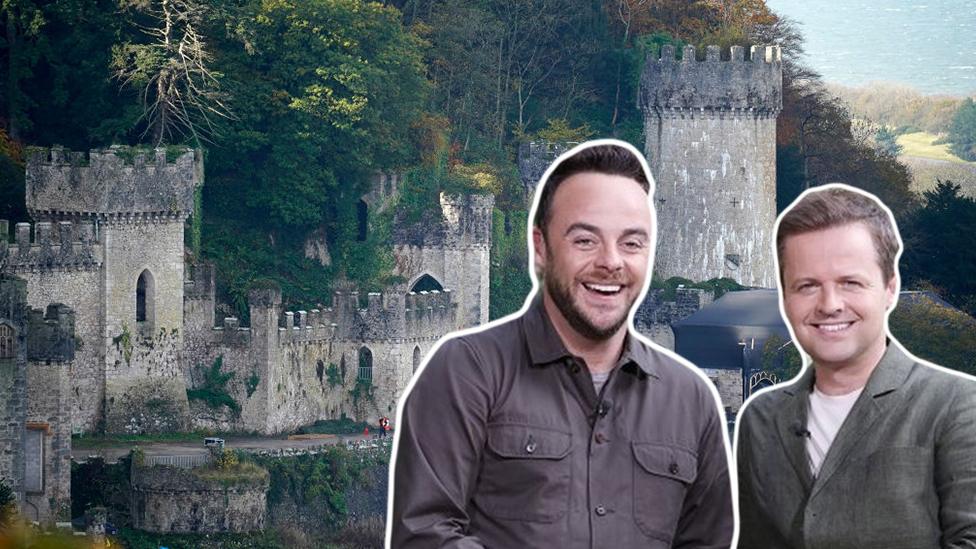I'm A Celebrity defends using animals in trials
- Published
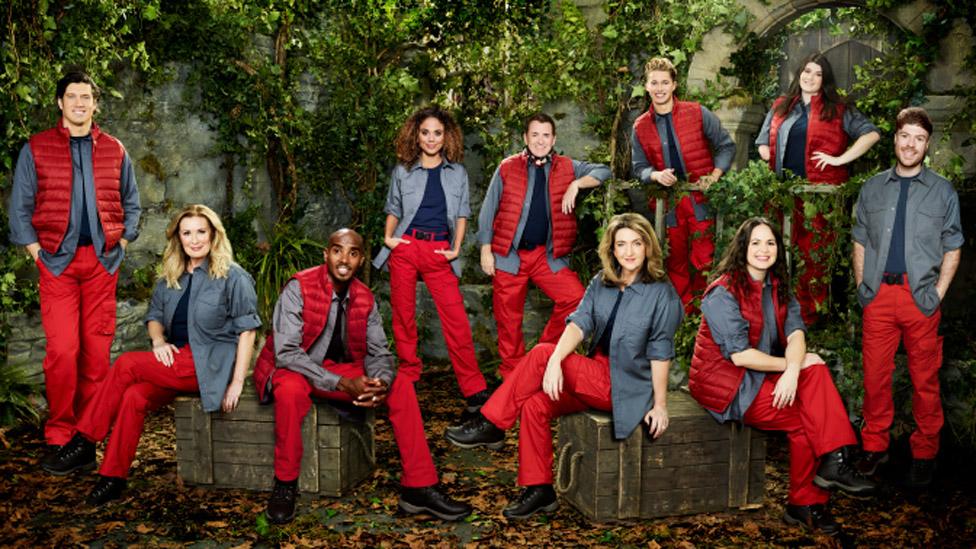
This year's celebrities are facing challenges in Gwrych Castle rather than Australia
The makers of I'm A Celebrity... Get Me Out of Here! have defended the use of animals and insects in the show.
This year's series is taking place in Gwrych Castle in north Wales instead of the Australian jungle due to Covid-19 restrictions.
The RSPCA said it was "really disappointed" to be told by producers the infamous challenges would take place in the usual way.
ITV said the show complied with animal welfare laws.
The latest series began from the castle in Abergele, Conwy county, on Sunday.
The RSPCA said over the years, animals had been "dropped, thrown, handled roughly, crushed, chased, overcrowded, scared by contestants and prevented from escaping from stressful experiences".
It also highlighted incidents where animals had been killed for "no other purpose than entertainment".
The charity said it was "very pleased" when the show's production company got in touch during the planning stages.
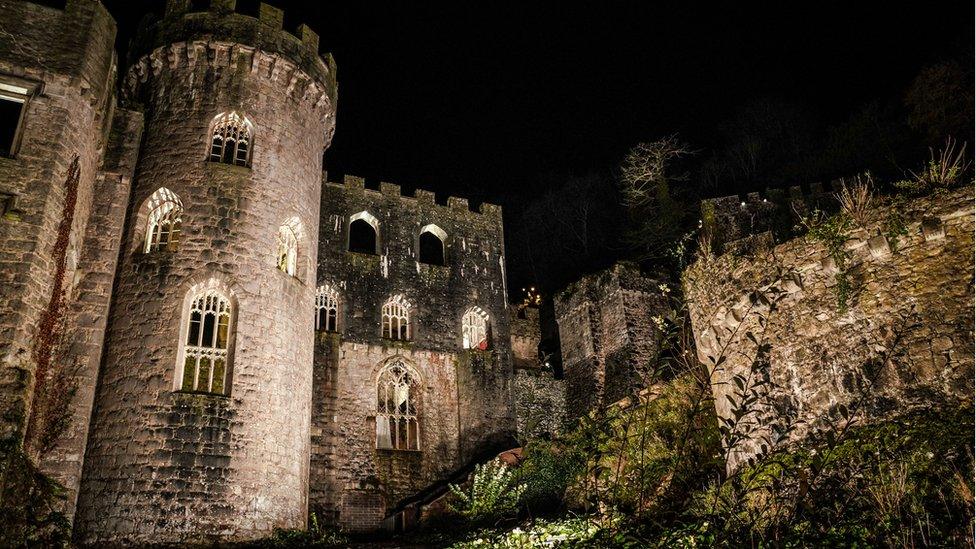
Gwrych Castle in Abergele, Conwy county, is reputed to be haunted
"We spoke to them about changing the way they use animals along with the change of continent - perhaps introducing welfare-friendly alternatives to animal use in the trials," a statement said.
"However, we were really disappointed to be told that they would continue to be using animals in this way during this series.
"We'll continue to urge ITV and the production company to rethink the way they use animals in I'm A Celebrity and replace the challenges with animal-friendly alternatives.
"We'll be watching the programme and will flag up any concerns we have to the producers."
An ITV spokesman said: "I'm A Celebrity complies with animal welfare law concerning the use of animals and we are proud of our exemplary production practices.
"We have a long working relationship with the RSPCA in New South Wales, Australia, and as such contacted their counterparts some months ago when we knew that the programme would be made in the UK, with a view to working collaboratively with them."
- Published14 November 2020
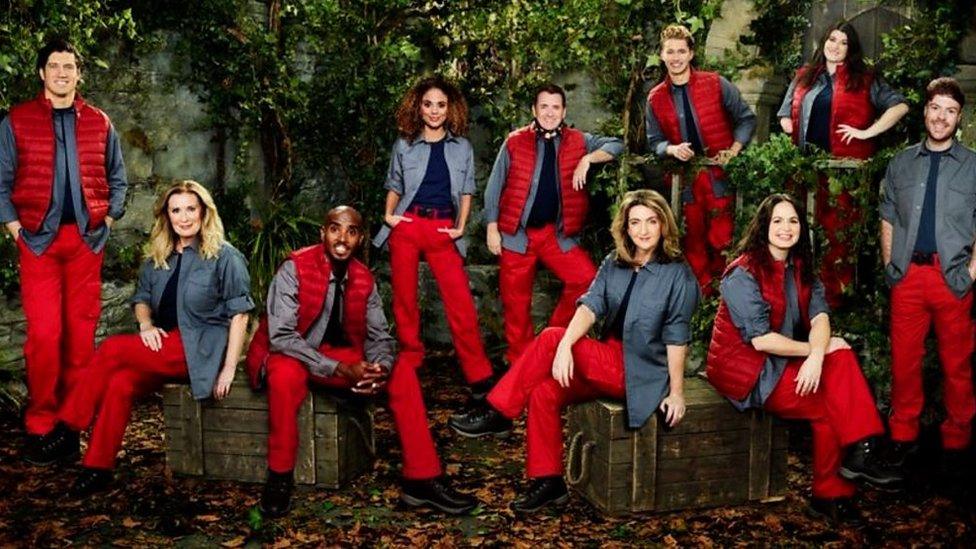
- Published16 November 2020
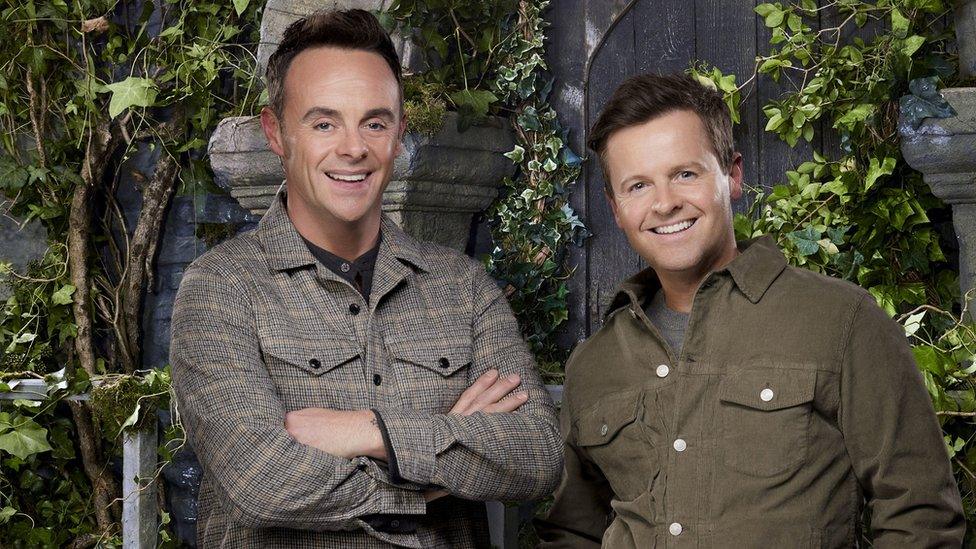
- Published12 November 2020
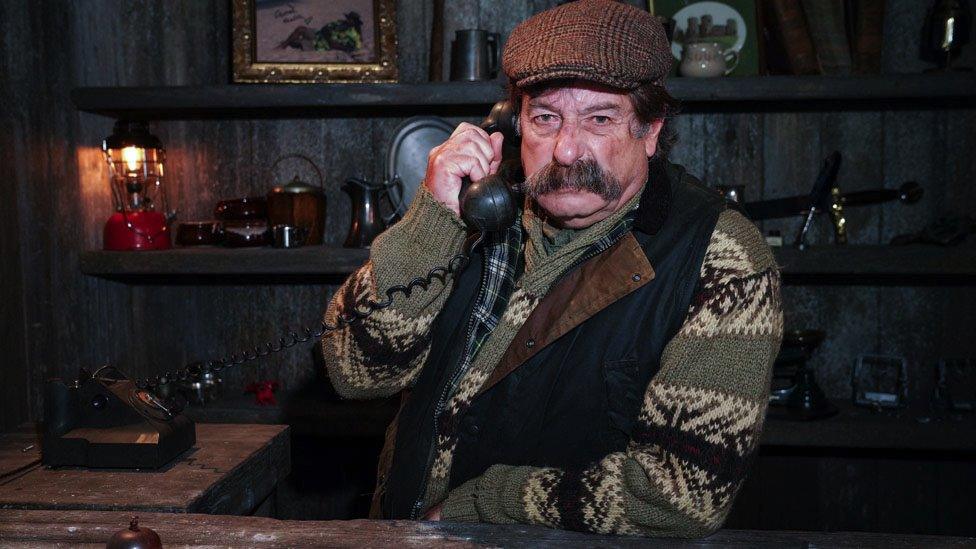
- Published16 November 2020
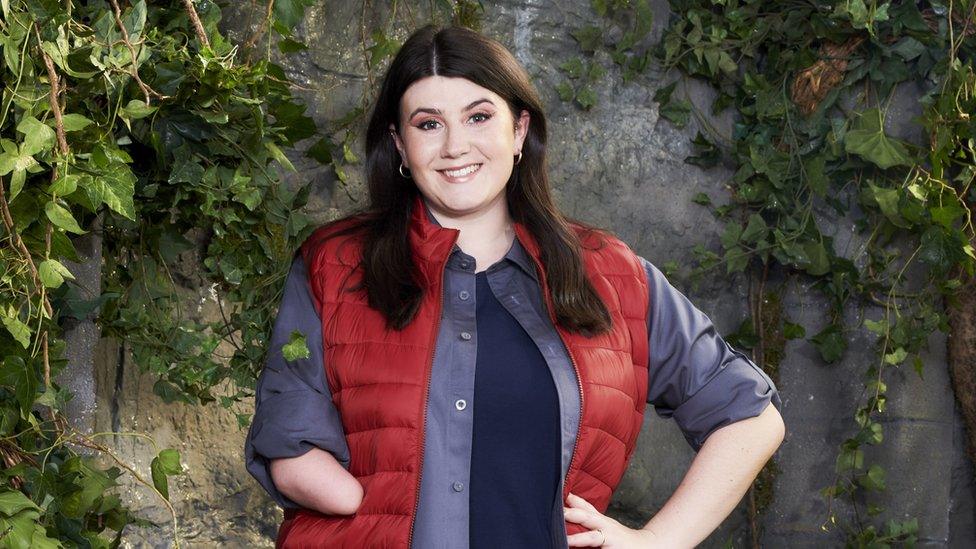
- Published8 November 2020
